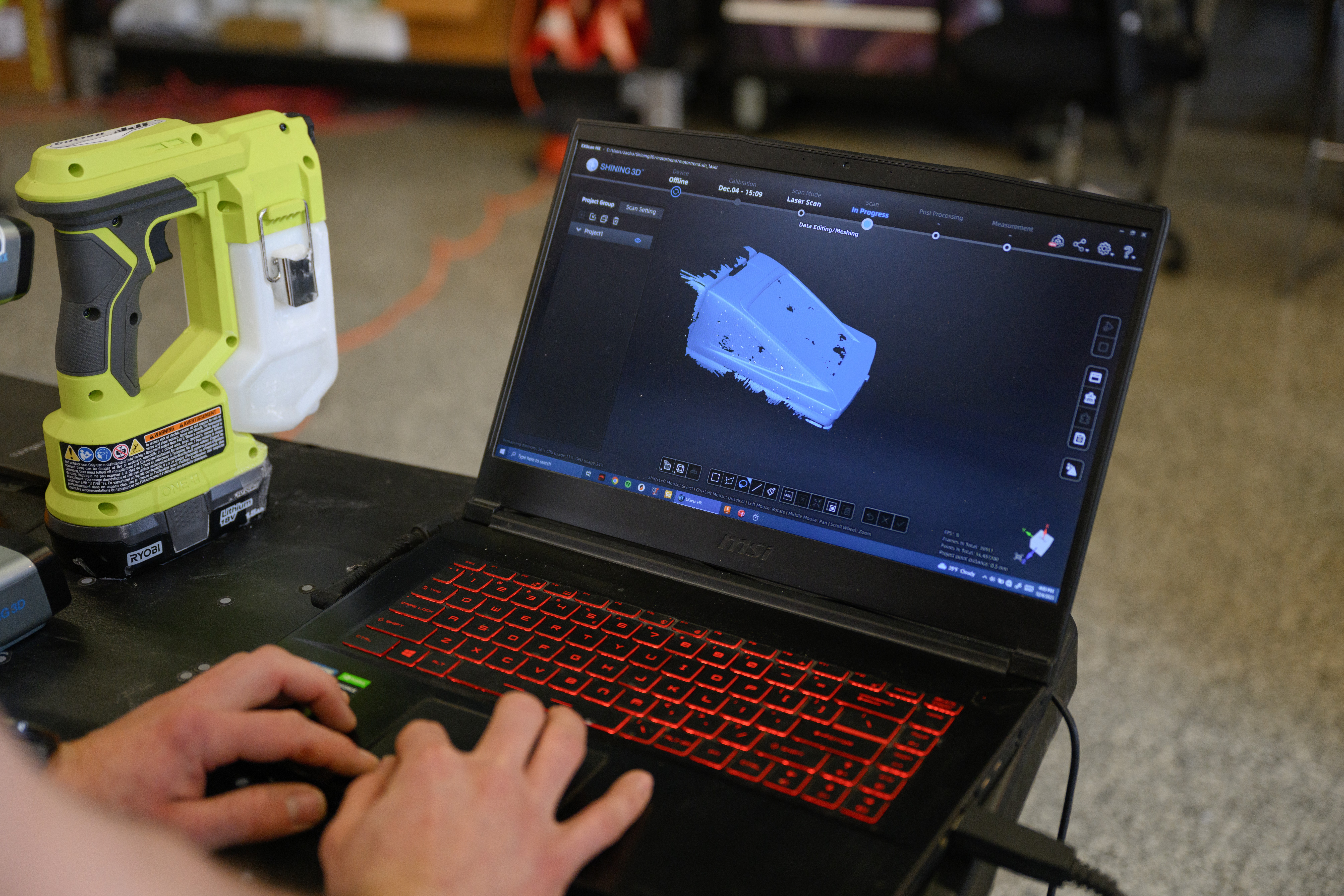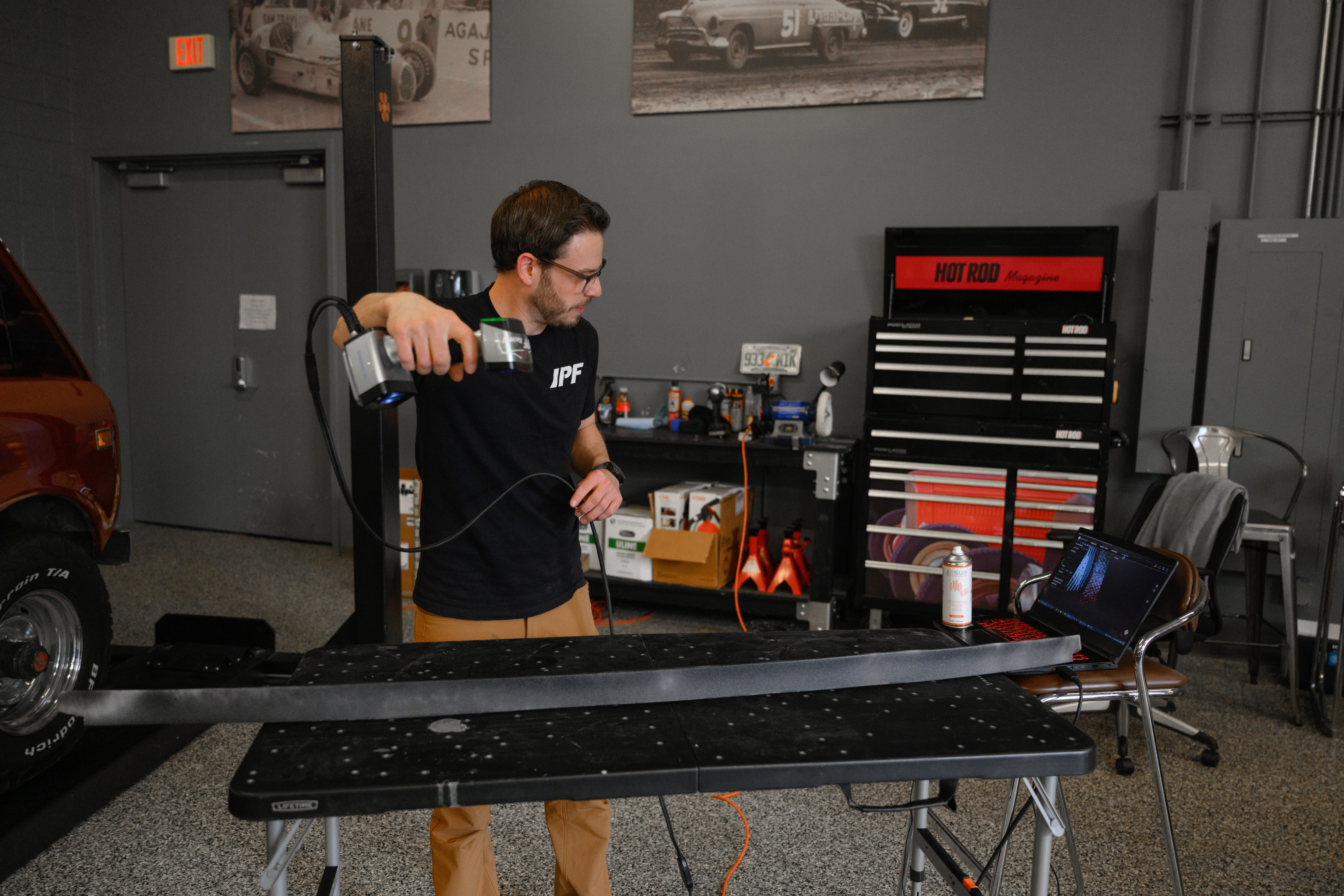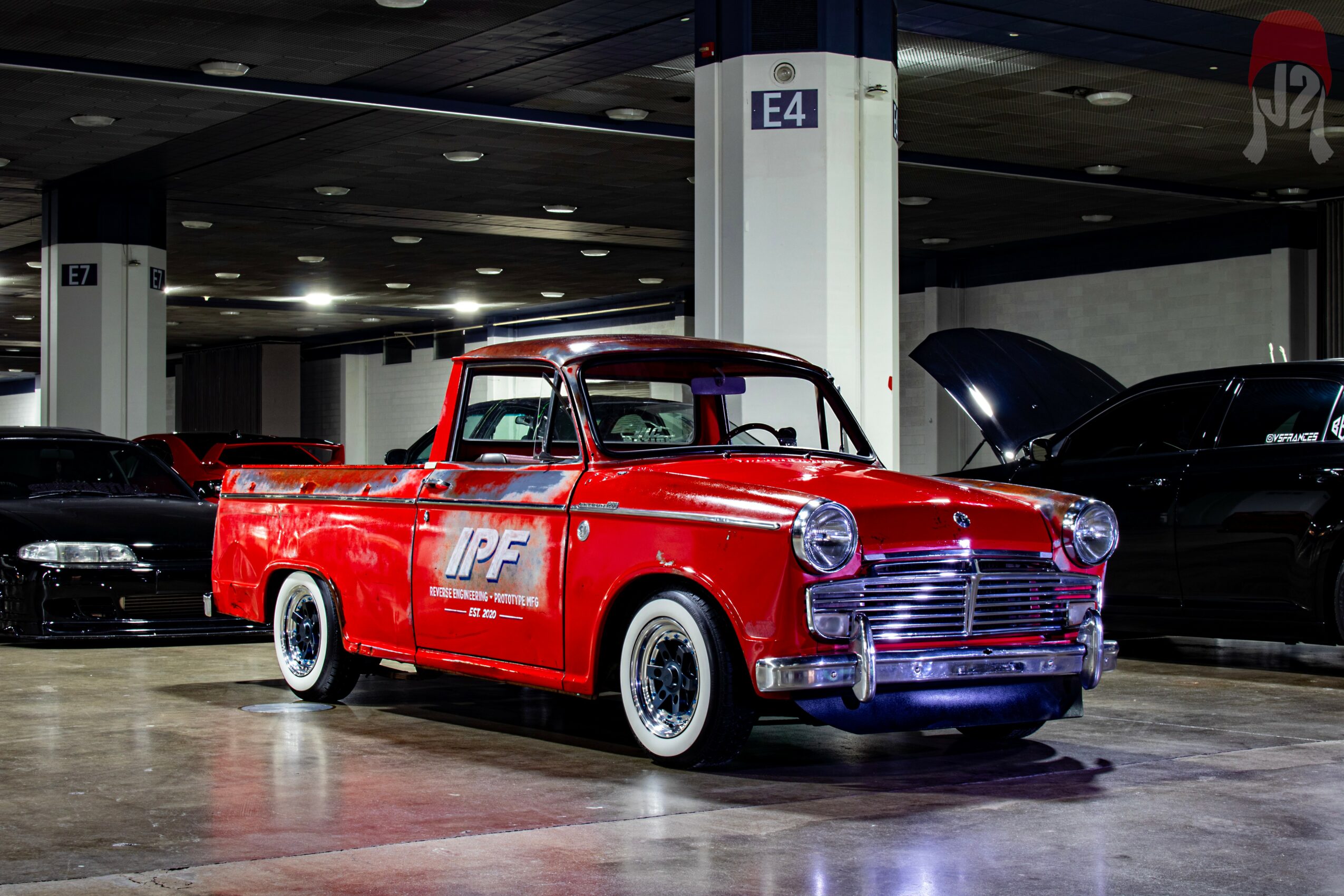

Today we’d like to introduce you to Zachary Watts
Hi Zachary, it’s an honor to have you on the platform. Thanks for taking the time to share your story with us – to start maybe you can share some of your backstory with our readers?
I’ve been fascinated with cars, whether it be working on them or driving/racing them, since I was a kid. My grandpa on my mothers side and my dad were both crucial to that development. My earliest memory related to cars is being gifted a 50mph gokart when I was 6. I couldn’t even reach the pedals and it was a death trap, but what a thrill. Fast forward to highschool and that interest kept growing. While searching for colleges to go into mechanical engineering my counselor suggested Kettering University. I never really enjoyed school (which has now been finally diagnosed as ADHD when I was 30) and Kettering’s program is setup around 3 months of schooling followed by 3 months of full time paid internships with engineering companies. Less school, and I get paid to pretend to be an engineer? I signed up immediately.
While enrolled I joined all the SAE student racing teams and ended up leading the Baja SAE (offroad racing) team in my second year. Building and racing something built from scratch with my own hands became my entire life while at Kettering. Once I graduated I was offered a job at Pratt & Miller, also known at the time as Corvette and Cadillac Racing. I worked in their Engineering Services department which isn’t racing oriented and instead focuses on the defense industry but I did get to work on a couple fun projects in my time there. After a couple years of trying to climb the short, but wide, corporate ladder there, I left for a position at GM. My role at GM required less of my attention than my previous role to be successful. That extra time was spent running a race team in the ChampCar endurance series in an old Toyota Supra.
Running my own race team eventually took a toll mentally and financially so I moved to racing gokarts locally. Much cheaper and easier to work on. At the same time Covid hit and GM sent employees to work from home. I had just purchased a former cop car as my daily driver which meant it didn’t come with a center console and a number of other creature comforts. While working from home, I bought a 3d printer and started upfitting my daily driver to be a little nicer. These parts took hold in the small community of other owners of this former cop car. 4 months later I had 4 printers and a small business was born. For the next 2 years I grew that business and the capabilities of it while still working my full time job at GM.
When GM offered a voluntary severance package to employees who had been with the company for more than 5 years I jumped at the opportunity. It was roughly a year before I expected to be able to leave and run IPF Racing full time, but it was too good of an opportunity to pass up. I only met the 5 year criteria by a handful of days but Gm was paying for health insurance and full salary for as many months as years you had worked. I basically got half a year to find out if I could really run IPF full time and pay my bills.
Its been 2 years since I made that leap and I’m never looking back. I have a 3 car garage turned workshop at my house. My capabilities have grown to serve a number of hobbies and communities locally and abroad. And the best part is I get paid to work on car related things in my garage. The actual dream.
Would you say it’s been a smooth road, and if not what are some of the biggest challenges you’ve faced along the way?
I started and grew my business at about the same pace as 3d printing technology has improved so trying to keep up with the technology available and remain competitive has been difficult. Making sure I can make parts quick enough on the older printers with similar quality to what can be produced on newer printers is hard to do, but replacing a large quantity (18 3d printers at the time of writing this) is a significant investment. Luckily I’ve been able to keep up and replace multiple machines with fewer new machines because they are that much quicker.
I think a big hurdle when trying to be competitive in the reverse engineering and prototype manufacturing space is realizing the barrier to entry for printing is very low. A high quality printer can be had for $600 so anyone with some spare money and drive can jump into printing. The thing that sets my work apart is everything that comes before that printing or machining and that’s in the product development. Being able to 3d scan and 3d model parts using my engineering background has really been a saving grace in this industry.
I was also working 2 full time jobs while trying to have a life for 2 years. GM and IPF Racing. It takes a toll and its been worth it but certainly not without its drawbacks to work/life balance.
Appreciate you sharing that. What else should we know about what you do?
I touched on this just a bit in the last question. I use the phrase “reverse engineering and prototype manufacturing” to sum up all my business’s capabilities, but it really comes down to a couple processes. I offer the following suite of services: 3d scanning (digitizing an existing item, from full cars, to individual parts to be able to reference in a 3d model or print from directly), 3d modeling (creating 3d models from a customer idea that can be machined or printed once completed), 3d printing (turning spools of plastic filament or resin into solid models by stacking layers on layers of said plastic until the 3d model is completed), CNC machining (automated metal milling to create more robust parts than the 3d printers can create) and some project management services for customers that need a full solution instead of just a part made.
My niche is recreating rare car parts, whether for a cop car where those parts were never actually made, or restorations where customers can no longer find parts they need. It really keeps my day to day changing since the restoration work is normally one-off type work. I also offer my 3d scanning as a mobile service so within SE MI I travel around to shops by request to scan and work with customers to create custom parts. There are a few places offering similar services but the cost is normally exorbitant or they don’t offer all the services together which is where I come in. I work with corporations and individuals just building something in their garage so my services can be tailored either way to provide top notch quality work.
How can people work with you, collaborate with you or support you?
I have customers reach out via every social media platform I’m on (Instagram and Facebook). My website is run solely by me, as I’m still a one-man show, so the Contact-Us form actually goes directly to my phone and I do respond as quickly as I can. Getting ahold of me through one of those channels is the easiest way to start the process of custom work. I have plenty of products on my website as well if they fit the bill for a customer project.
I’m currently working on some merchandise to offer something to those that would like to support me, but don’t actively need my services.
Pricing:
- 3D Scanning is $300/hr but no minimum
- 3D Modeling is $95/hr but no minimum
- 3D Printing and Machining are material and time based
Contact Info:
- Website: https://ipfracing.com
- Instagram: https://www.instagram.com/ipf_racing/
- Facebook: https://www.facebook.com/IPFRacing
- LinkedIn: https://www.linkedin.com/in/zachary-watts-397415b6/
















